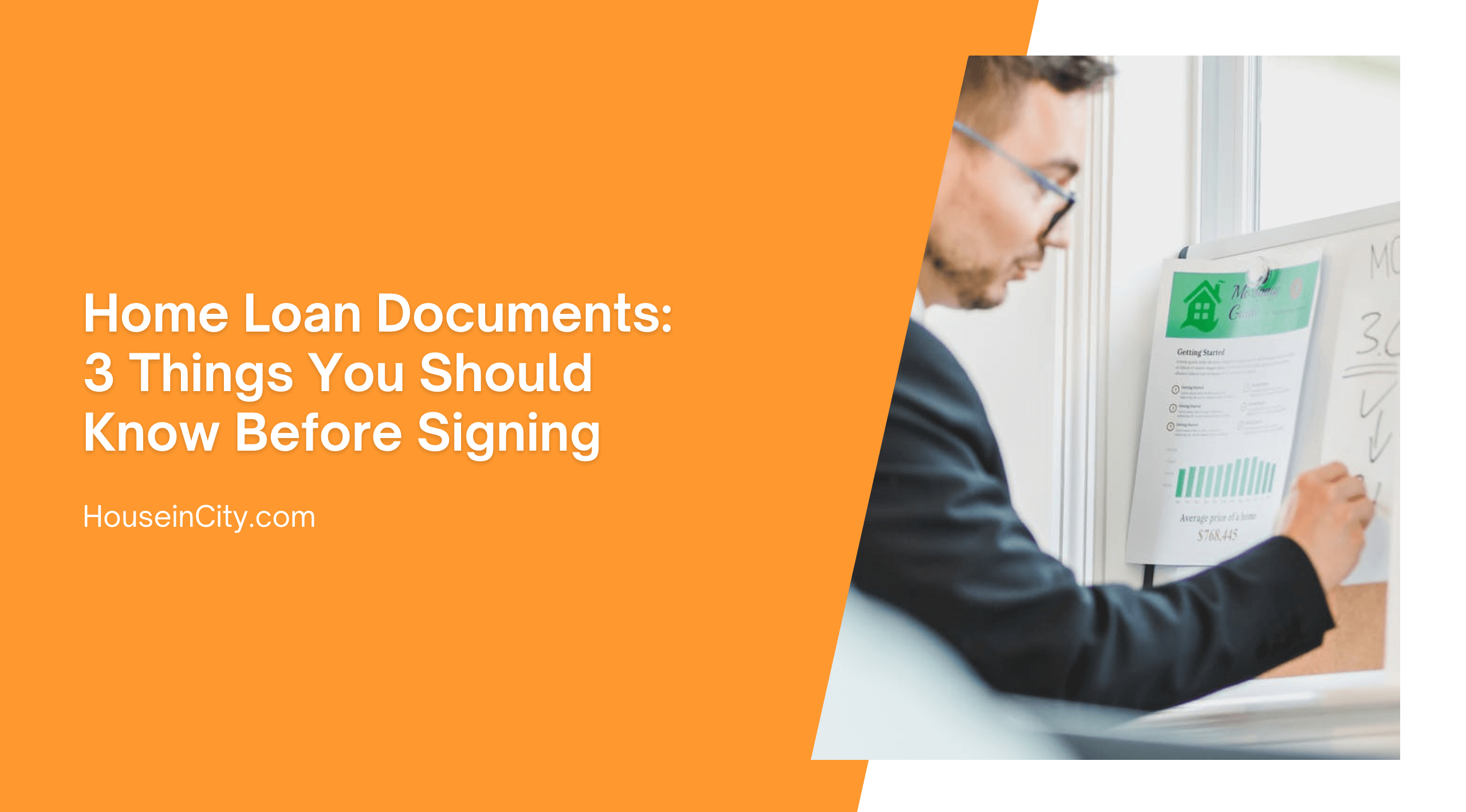For several years, I worked as a customer service rep at a major mortgage company. During my time there, I spent hours a day on the phone with homeowners, helping them figure out confusing things about their mortgage. What I realized, is that most of the confusion that is experienced is a direct result of misunderstanding home loan terms at closing. The following tips will help you to understand your home loan, and protect your investment.
1. Read Every Page You Sign!
I cannot tell you how often I would pull up a homeowner’s loan documents, read them something directly from the document, and find that this was a total surprise to the homeowner, despite the fact that their signature was on the bottom of the page. Just because the title agent or loan officer explains what you are signing does not mean that you do not need to read it. Remember that this is your home- likely the biggest and most important investment you will make in your life- and they are getting paid to assist you with it. Do not let them rush you!

Even if you do let them rush you, almost all states have a recision right that gives you a certain amount of time to change your mind. During that time, you NEED to read your loan documents. If there is something that seems strange, or that you do not understand, this is the time to ask! If you are not certain you trust your loan officer, ask a friend who seems knowledgeable about this stuff, or call customer service at the company this loan officer represents, and ask a representative to explain. This is especially important on ARM loans. It is very common for ARM terms to be misleading.
Finally, if you still decide not to read every page, let me tell you the most important pages to read. Always read the Note. The Note is the most binding document that lays out all of the terms of your loan. It is the signing of this page that directly secures the interest rate, the length of the loan, and other important terms. It’s usually only 2 or 3 pages, at most. Second of all, read the Deed of Trust or Mortgage (This document will be called one or the other, but never both). Think of this like a bill of rights. It outlines the mortgage company’s rights in servicing your loan, and it outlines your right’s as the person paying the loan. It will be several pages, but it is important that you read every section.
2. Check Your Escrow Payment Carefully!
If you do not have an escrow account, then this does not apply to you; however, if you do, this is extremely important. Most new loans require an escrow account, because you do not yet have enough equity in your home, and the bank wants to make sure that you keep current on insurance and taxes.
Some loan officers will do tricky things with the escrow to make it seem like you are getting a smaller monthly payment. Before you sign your home loan, make sure that you understand every part of your monthly payment. When they tell you how much the escrow payment is each month, multiply that by 12, and make sure it is enough to pay all of your taxes and insurance. Check with the tax assessor in your area and find out what the average taxes per year should be for the home you are buying. Call the insurance company and verify the annual premium. Add this up and make sure your monthly payment will cover this.
For instance, let’s say the loan officer tells you that your payment will be $1500 a month, and $300 of that is escrow. $300 x 12= $3600 a year. Now, if the tax assessor told you that you can expect $4000 a year in taxes, and the insurance company told you that your annual premium is $250, then you have an annual escrow expense of $4250, and $300 a month will not cover that.
Here is why this is a big problem: If your loan officer calculates that too low, the mortgage company servicing the loan will not catch it right away; they will only analyze your escrow after your loan is one year old. So if you paid $3600 over the course of a year, but the mortgage company paid $4250, then you will have a shortage of $650. So, not only will your payment go up to cover the $4250 for next year; they will also divide the shortage up over that year, making for an even higher payment. A payment that seems too low now, could mean a very high payment later.
3. Beware of Prepayment Penalties
Sometimes, a loan officer will talk you into accepting a prepayment penalty as part of the terms of your loan. The benefit of this is that you will most likely have a lower interest rate. The problem is that you will not be able to sell the home if something happens, UNLESS that is specifically written into the terms.
A prepayment penalty is not always a bad thing, especially if you are getting a much lower interest rate. However, it is important to understand the terms of the prepayment penalty. Read the prepayment section on the note, or the prepayment penalty rider, very carefully. Here is what to look for:
- How long is the prepayment penalty?
- How high is the prepayment penalty?
- Does the note specifically say that the prepayment penalty can be waived in case of sale?
It is not wise to take a prepayment penalty of more than a year of two if it cannot be waived in case of sale. You may think, “We will be here for a long time,” but what if something terrible happens like one of you dies and the other one wants to move out? What if you get an incredible job offer out of state? What if you lose your job and need to move into something smaller? Anything could happen. For the most part, the longer the prepayment penalty term is- the higher the penalty will be.
It is not wise to take a prepayment penalty if the amount is very high. The amount of the prepayment penalty will most likely be listed in percentages, or it will say something along the lines of “six months interest.” Considering that the beginning of the loan is mostly interest, you can basically take your monthly payment and multiply it by 12. So if your monthly payment (not including escrow) is $1500, then a prepayment penalty of six months interest will be a little less than $9000. That’s a lot of money. Before you accept that, ask yourself if your loan will likely gain more equity than that over a year or two. If it will not, then you should probably not take the prepayment penalty- just in case you have to sell.
If the prepayment penalty can be waived upon sale, then you pretty much have nothing to worry about. This basically just means that you are not allowed to refinance for a cheaper rate until the prepayment penalty is up, but at least you will be able to sell in case of an emergency.
